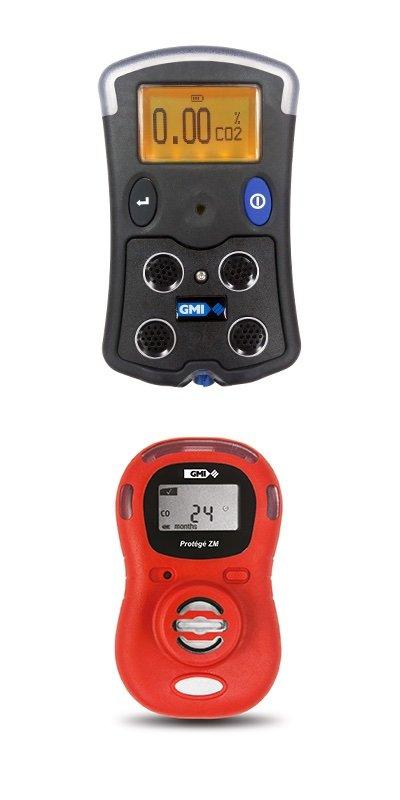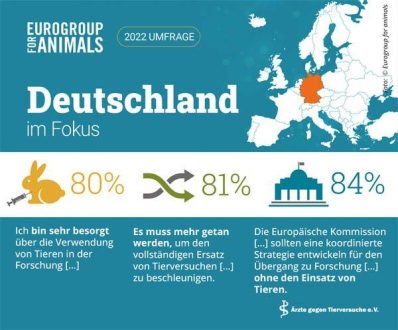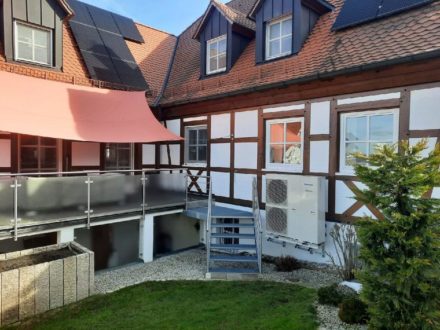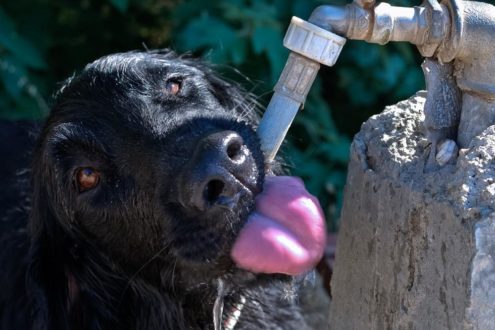
Portable Gas Detectors and staff protection during COVID-19
Q. What are the links between COVID-19 and gas detection?
A. The packaging, transportation and storage of COVID-19 vaccines at low temperatures necessitates the use of dry ice, which is a form of carbon dioxide (CO2). If CO2 escapes in its gaseous form, there is a danger to factory, logistics and healthcare workers, most of whom will be unfamiliar with dry ice and its potentially harmful effects. Although there is a clear global need for vaccine urgency, employers also have a responsibility to avoid compromising worker health and safety.
Another application concerns the storage and use of oxygen at temporary hospitals, a number of which are now in operation across Europe to provide COVID-19 patients with emergency ventilation. These facilities do not have permanently engineered solutions to monitor for oxygen leaks, which presents the need for additional safety precautions.
In both applications, portable gas detectors worn by personnel can monitor for gas leaks and alarm against dangerous exposure.
Q. What are risks of exposure to excessive levels of CO2 and oxygen?
A. Dry ice is solid-state CO2. However, sublimation of CO2 occurs at temperatures above -78°C, when it becomes gaseous. CO2 in this form is heavier than air and tends to take the place of oxygen, presenting a risk of anoxia. As little as 3% CO2 by volume can lead to an increase in heart rate and blood pressure, while 5% will likely prompt dizziness, confusion, headaches and shortness of breath. All of these conditions can prove dangerous in a workplace situation. Moreover, staff absenteeism due to feeling poorly is a major risk to the effectiveness of vaccine supply chains.
As for oxygen, excessive amounts of this gas in the atmosphere due to leakage from tanks or equipment presents a higher flammability risk.
Q. What are the exposure level guidelines for workplaces?
A. Alarm levels for CO2 in the PS500 personal gas monitor from Teledyne Gas and Flame Detection, for example, are set well below 3-5%. In fact, 0.5% CO2 by volume is the EH40 prescribed time-weighted average safe exposure limit for workplaces across an 8-hour working day. There is also a guideline for STEL (short-term exposure limit), which is 1.5% CO2 by volume over a 15-minute period.
With oxygen, leaks into the workplace atmosphere above 25% by volume, change the flammability of the environment. Again, a personal gas monitor, in this case the high-performance yet cost-effective Protégé ZM from Teledyne Gas and Flame Detection, features appropriately set levels of 23% Vol to warn against any impending danger.
Q. How are personal gas monitors used?
A. The device simply clips to a lapel or belt loop, for example, from where it can sense danger from every direction and make that vital connection between excessive gas exposure and personal safety. A detector such as the Protégé ZM measures just 94 x 56mm and weighs only 76g.
Personal gas monitors are extremely easy to use and typically feature a single button switch-on. If an alarm triggers, the monitor will beep, shake and flash [audible, tactile and visual] to ensure the user acknowledges the warning in all kinds of environments, including noisy ones.
Q. Is there access to recorded data?
A. Data-logging capability sees a memory store taken every minute. Users can upload the data to a PC, where they will see a time and date stamp against exposure events. This evidence is useful if there is a requirement for an investigation or report.
Q. What is the best way to clean/sanitise gas detectors during COVID-19?
A. With frequent shift changes at factories, logistics hubs, vaccination centres and temporary hospitals, there is a likelihood that staff will share personal gas detectors. To avoid any potential for virus transmission, it is good practice to clean the monitors between shifts. The best way to ensure surface cleanliness is to use mild soap and water applied to a damp cloth.
Do not use alcohol wipes or other alcohol-based cleaning products, as the sensor will detect the alcohol and provide a false reading. Users should also avoid silicone, chlorine or bleach-based cleaning products.
Q. What about service and calibration?
A. It is highly advisable that users follow service and calibration guidance for their monitors to ensure quality and reliability. Working with a gas detector that is out of calibration or needs a sensor replacement, for example, defeats the objective and places staff at risk. Optimum intervals are dependent upon the working environment, but annual service and calibration is typical. A two-year warranty is applicable assuming adherence to the service schedule.
Q. Why is Teledyne Gas and Flame Detection qualified to help in the COVID-19 emergency?
A. Due to the knowledge, expertise and experience of Teledyne Gas and Flame Detection across many sectors that deal with potentially dangerous gases in confined spaces, the company has proven, highintegrity solutions that can help keep workers safe during the pandemic. Safety is at the heart of all Teledyne gas monitoring and detection solutions.
For more information, contact us: gasandflamedetection@teledyne.com
Teledyne Gas and Flame detection provides a portfolio of fixed and portable industrial gas and flame detection solutions used in a variety of industries including petrochemical, power generation, oil & gas, food & beverage, mining and waste & water treatment. The Oldham Simtronics, GMI & Detcon brands bring together over 100 years of industry experience across a wide range of standard products and customized solutions. Always sensing safety, everywhere you look, Teledyne’s global portfolio of products and safety solutions are unquestionably first-in-class. For more information, visit our website: www.TeledyneGFD.com.
Teledyne Technologies Inc.
Telefon: +1 (713) 559-9200
http://www.teledynegasandflamedetection.com
Global Marketing & Communication Manager
Telefon: +33 321 60 80 37
E-Mail: Natacha.dequeant@teledyne.com
MEPAX
Telefon: +34 655 783 193
E-Mail: e.ahossi@mepax.com
![]()




